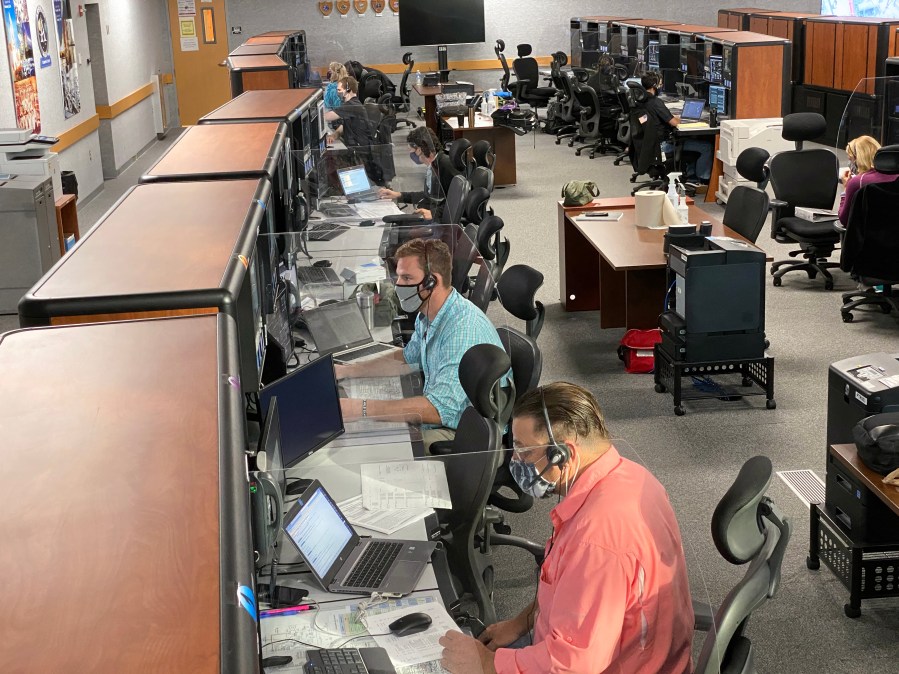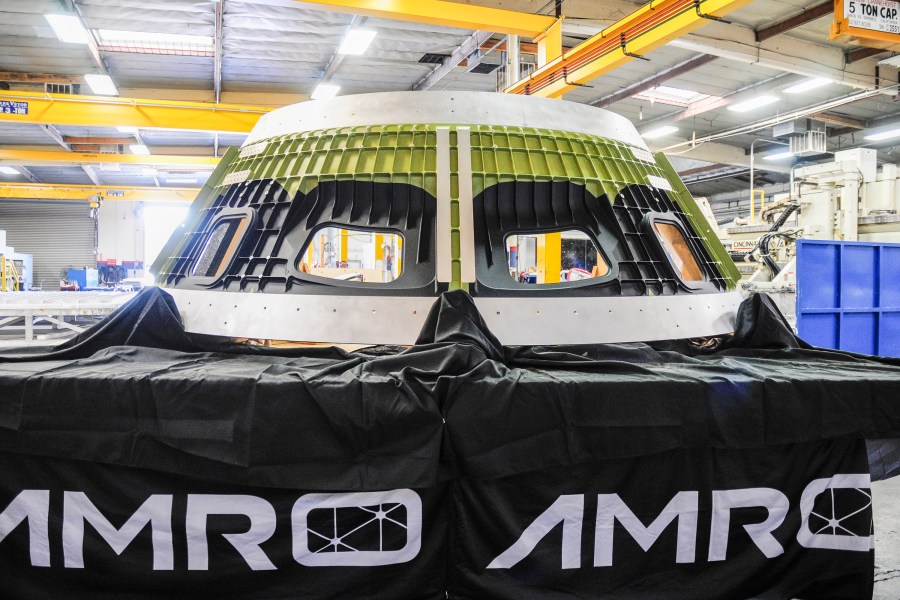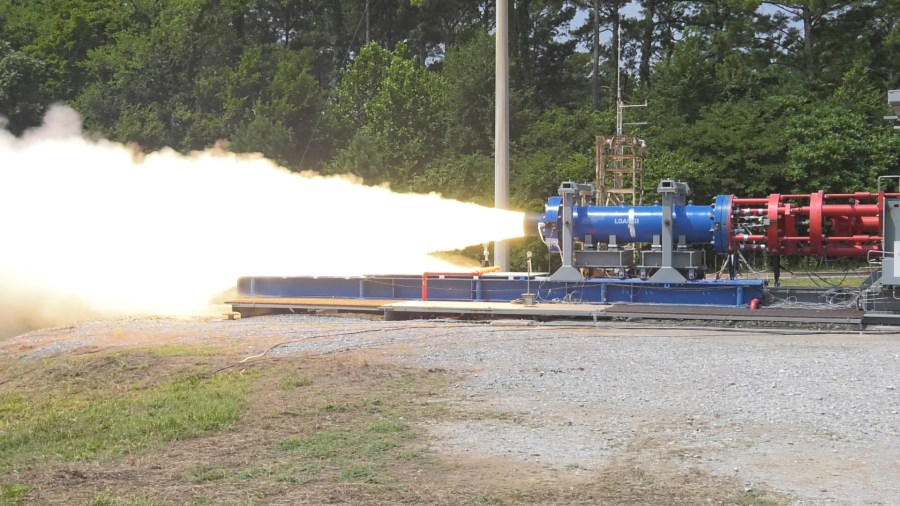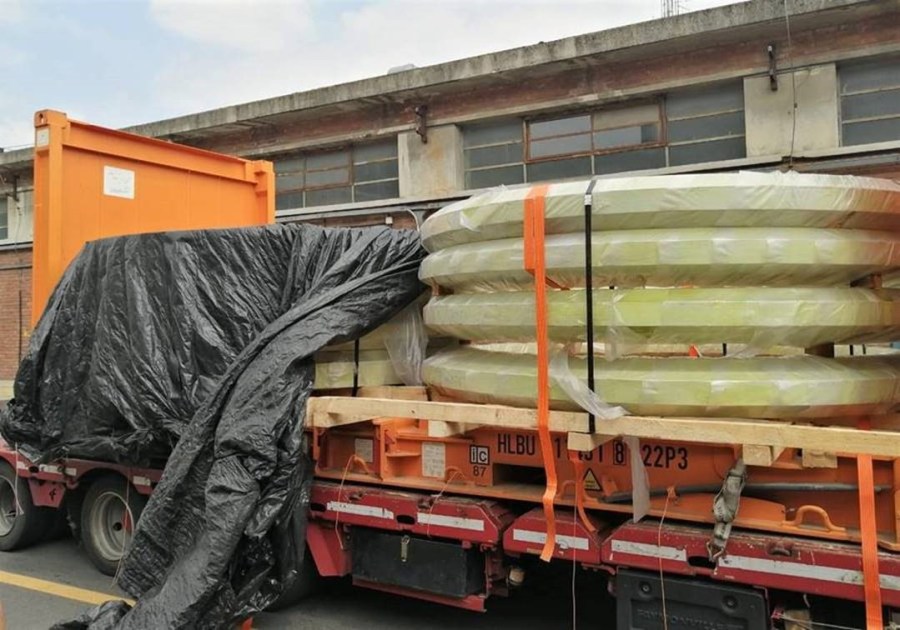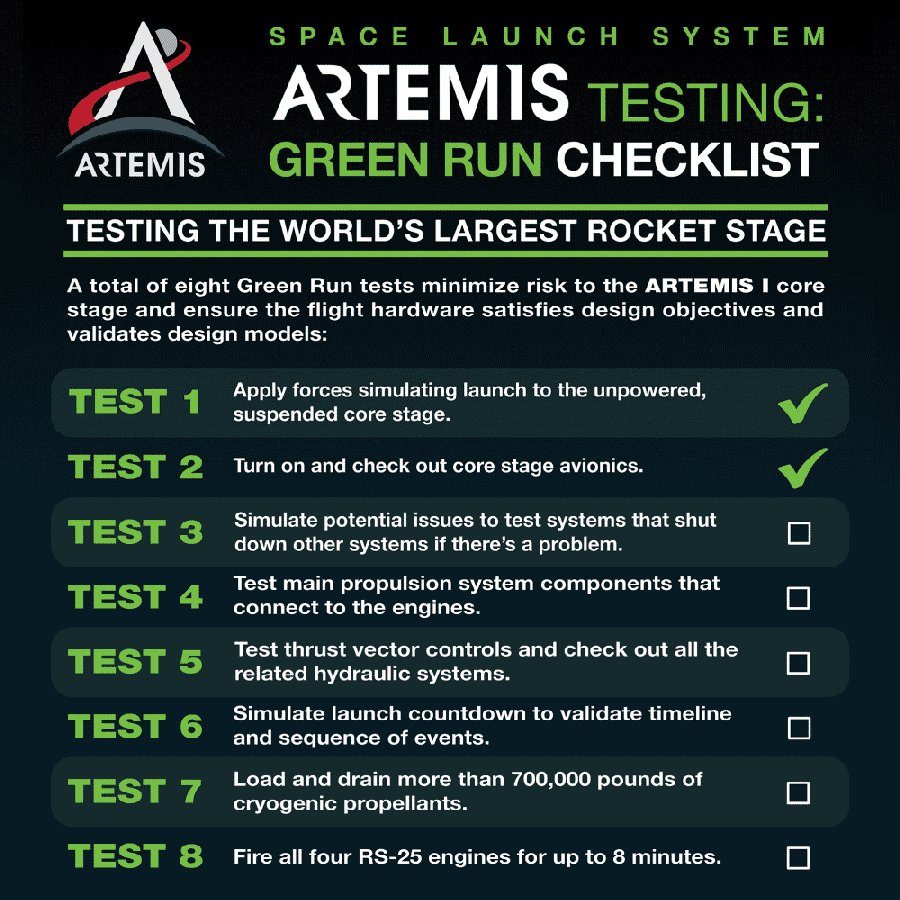The launch team for Artemis I is back in the firing room at NASA’s Kennedy Space Center for more practice. The team conducted a simulation on the procedures for cryogenic loading, or fueling the Space Launch System rocket with super cold propellants. During simulations potential problems are introduced to the team to test the application …
Artemis I Launch Team Fires Up Fueling Simulation
